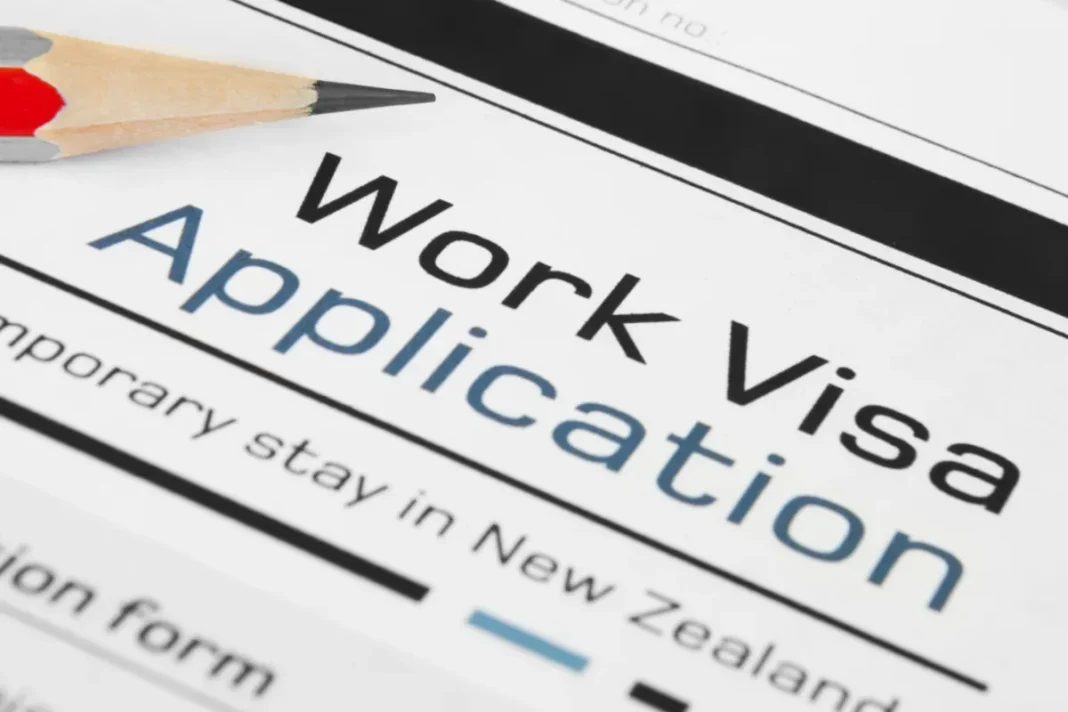New Zealand has recently announced stricter rules for obtaining work visas. This comes after a record number of immigrants arrived in the country last year, putting a strain on resources. The government has termed this surge “unsustainable” and aims to prioritize attracting highly skilled workers to bridge skill gaps.
Here’s a breakdown of the key changes
- English Language Requirement for All: Now, even for low-skilled jobs, basic English language proficiency will be mandatory. This ensures better communication and smoother integration for both immigrants and employers.
- Minimum Skills and Experience Threshold: To qualify for most work visas, you’ll need to demonstrate a certain level of skills and relevant work experience. This ensures employers can find qualified workers for their specific needs.
- Shorter Stays for Low-skilled Jobs: The maximum duration of stay for those with low-skilled jobs has been reduced from five years to three years. This allows for a more controlled flow of immigration and prioritizes opportunities for New Zealand citizens in readily available roles.
Why the Change?
With a population of around 51 million, New Zealand witnessed a significant jump in immigration post-pandemic. In 2023 alone, nearly 1.73 lakh migrants arrived in the country. The government aims to attract skilled professionals who can address specific labour shortages while ensuring opportunities for its own citizens.
What it Means for You
If you’re planning to work in New Zealand, make sure to check the latest visa requirements carefully. Ensure you meet the English language proficiency standards, possess the necessary skills and experience for your desired role, and understand the revised maximum stay duration for low-skilled positions.


